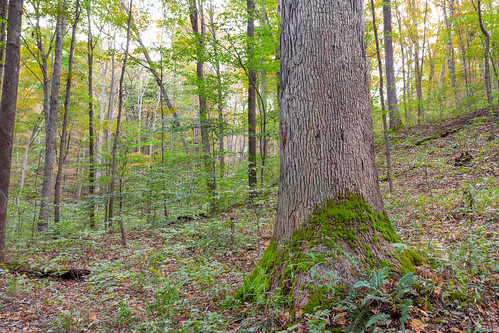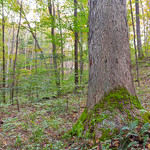ROSEVILLE HISTORICAL SOCIETY
ROSEVILLE, OH

The Roseville Historical Society is a nonprofit organization dedicated to preserving and promoting the history of Roseville, Ohio. The society was established in 1974 and is housed in the historic 1896 Carnegie Library building located on Main Street in the heart of downtown Roseville. The building itself is a significant part of Roseville's history, having served as the town's public library for over a century.
The society's mission is to collect, preserve, and share the history of Roseville and the surrounding area through exhibits, events, and educational programs. Its collection includes a wide range of artifacts, photographs, documents, and other materials that provide insights into the town's past. The society also maintains a research library that is open to the public.
In addition to preserving local history, the Roseville Historical Society is committed to promoting tourism and economic development in the area. The society hosts several events throughout the year, including an annual Christmas open house, a summer car show, and a vintage baseball game. These events draw visitors from around the region and provide vital support to local businesses.
Overall, the Roseville Historical Society is a vital organization that plays an important role in preserving and promoting the history of Roseville, Ohio. Its efforts help to ensure that future generations can learn about and appreciate the town's rich cultural heritage.
ROSEVILLE HISTORICAL SOCIETY is a Historical Societies, Historic Preservation in ROSEVILLE OH. US MID #8403900490
The museum is classed as HSC (Historical Societies, Historic Preservation). It comes under American Alliance of Museums (AAM) region: Midwest (Iowa, Illinois, Indiana, Michigan, Minnesota, Missouri, Ohio, Wisconsin).
Contact ROSEVILLE HISTORICAL SOCIETY
- telephone: 7406977127
ROSEVILLE HISTORICAL SOCIETY
PO BOX 14
ROSEVILLE
OH
43777
Disclaimer: please note this database is maintained by volunteers and whilst we endeavour to do our best, we cannot guarantee the accuracy of the listing.
If you notice any errors or omissions in the listing, please let us know in the comments section below.
Find more ROSEVILLE OH Museums
What 3 Words
///enables.furniture.elections. Near Roseville, Ohio
Nearby Museums
Map of ROSEVILLE HISTORICAL SOCIETY
ROSEVILLE HISTORICAL SOCIETY Information
| MID # | 8403900490 |
| Name | ROSEVILLE HISTORICAL SOCIETY |
| Alternate Name | ROSEVILLE HISTORICAL SOCIETY |
| Classification | Historical Societies, Historic Preservation, , Midwest |
| Federal Employer Identification Number (EIN) | 300191072 |
| NTEECC | A54 |
| Tax period of the latest return filed (YYYYMM) | 201212 |
| INCOME | 0 |
| REVENUE | 0 |
| LAT/LONG | 39.810642, -82.076682 |
| CODES | FIPS State Code: 39 FIPS County Code: 127 US Census Tract: 966000 US Census Block: 1025 |











